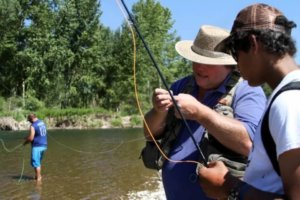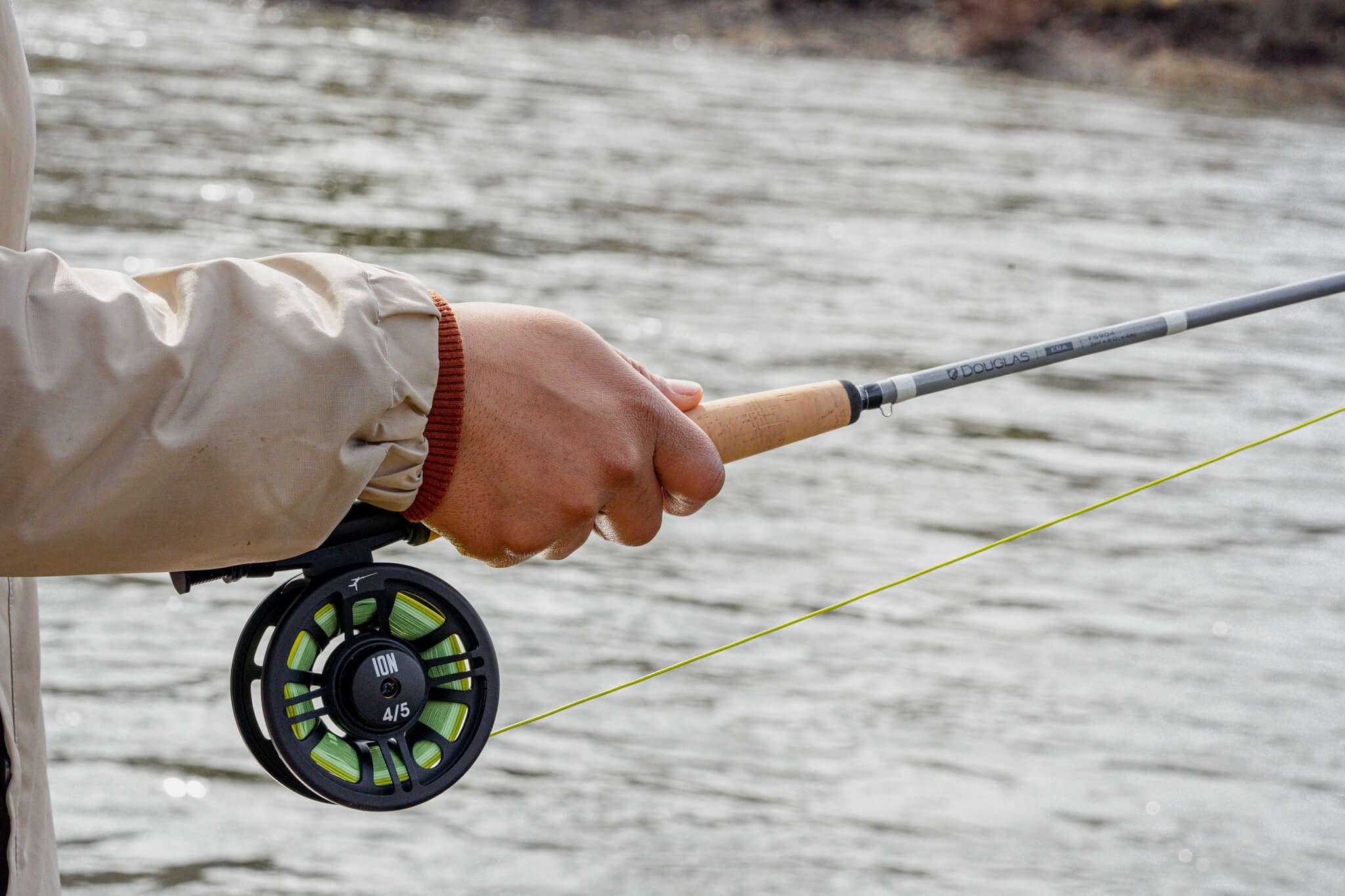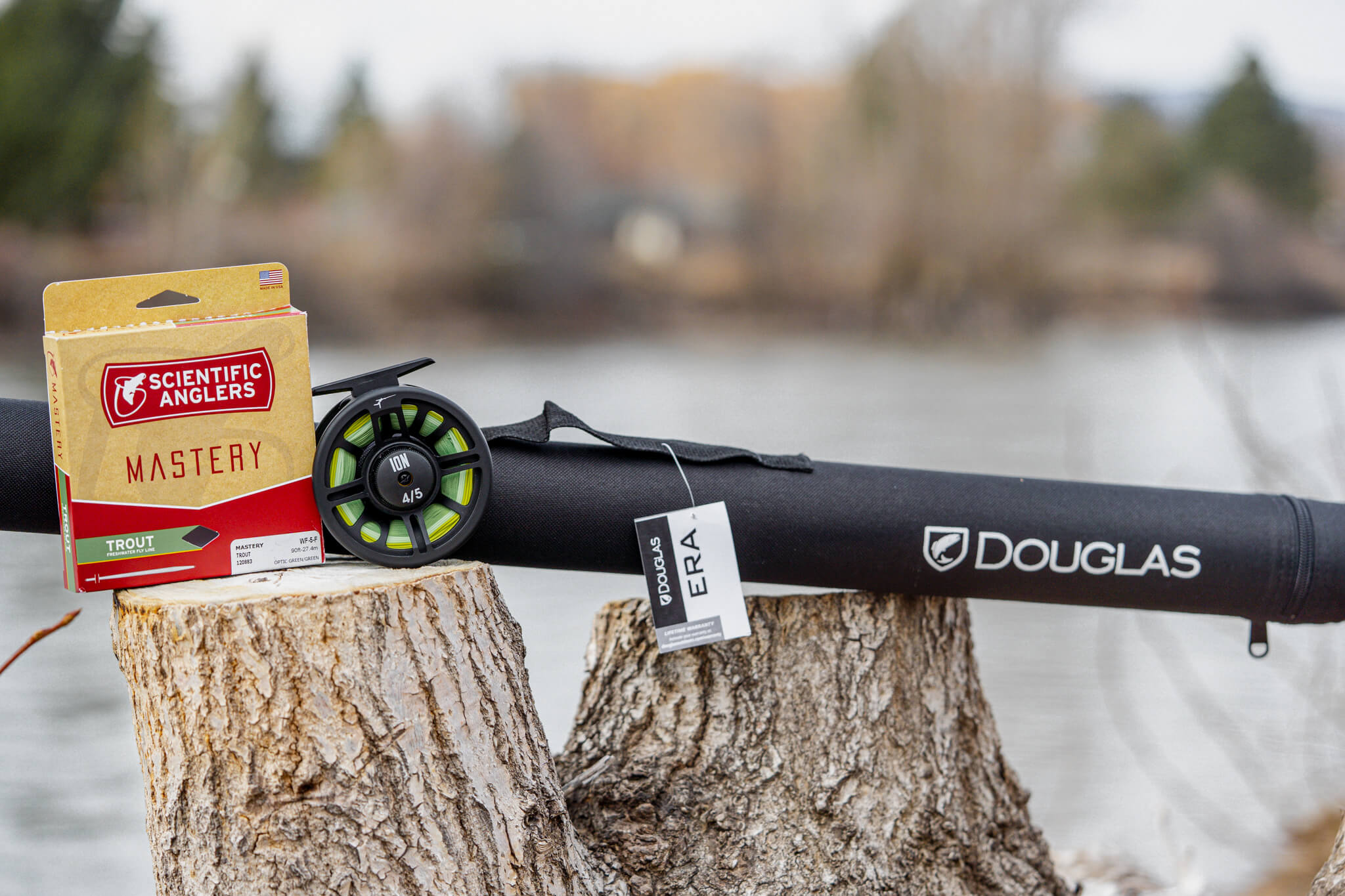Fly Fishing Knots For Beginners
In this section we will jump into fly fishing knots for beginners. Some of the most basic knots you will need to master to reduce time tying knots and maximize your time on the water.

Through the history of fly fishing, the fly has been attached to the leader in many ways. When the metallurgy was unable to create an eye, the fly was snelled. When leaders were made of gut, the prfered knot was a Turle Knot. The up and down eye still used today stem from Turle know usage. But in todays world, the knot we use to attach the fly to the leader is the Clinch Knot, or Improved Clinch Knot.
Basic Clinch Knotology with Monofilament
All knots create a weak point in the leader. However you choose to use to attach fly, you are adding a weak point. If your mono tests at 5 lb, the knot will break at less than 5 lb. Before a knot breaks, it must slip. This means any knot you tie must be pulled to the breaking tension of the mono. When you use 5 lb test, you need to pull it to 4.9 lb pressure, to eliminate slippage.
Knots should knot be jerked tight, they should be pulled smoothly to tighten them. Mono is plastic, and a jerk on the knot creates friction that may melt the mono and create a weak spot.
When tying knots, the standing line is the end attached to your fly rod. The tag end is the piece you will use to create the knot.
Clinch Knot
The Clinch Knot is also known as the 7 Times Around Knot. This works in any monofilament that is .009 (2X) or lighter. Go thicker than .009 and you may only go around 5-6 times. The thicker monofilament will not tighten correctly through 7 wraps mono around the standing line. If you use .017 or above, you may use only 3 turns. Look at the knot and make sure it’s pulled tightly. Adjust your knot before the fish does it for you!
Surgeon’s Knot
The Surgeon’s Knot is used to attach two pieces of monofilament together, and is used to add tippet to the leader. The Surgeon’s Knot can be a little tricky to learn, and is easy to mess up if you forget to moisten it before tightening. The best way to moisten the knot is place it in your mouth. Here’s information you won’t get anywhere else. At some point, you’ll decide to tighten the knot while in your mouth. If you do this, you’ll end up catching the tip of your tongue. It hurts and it bleeds. We read that in a magazine- we’ve NEVER done that.
Practice Makes Perfect
PRACTICE YOUR KNOTS!. Do you enjoy watching baseball and golf on TV? Excellent! So glad you do! Sometimes, and we stress sometimes, the action slows down in those two activities. That’s when you have your knot tying stuff in front of you, and you can practice. Multi-tasking- the wave of the future! The worst place to practice your knots is standing mid river in cold rain with fish rising all around you. Just saying.


